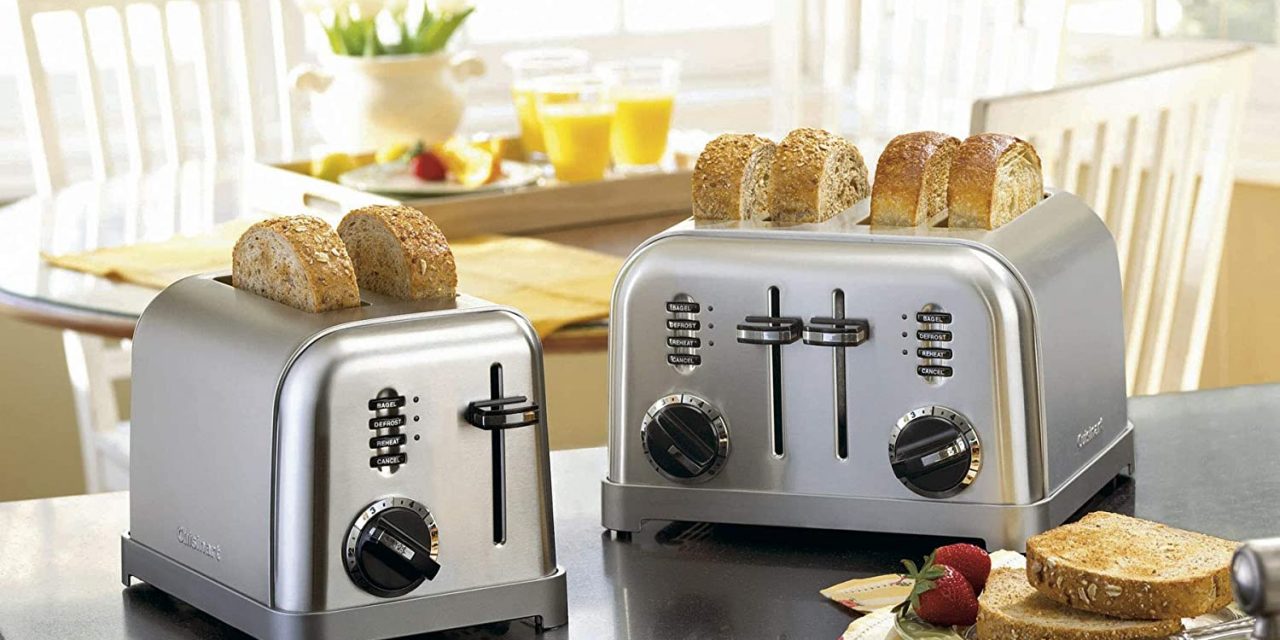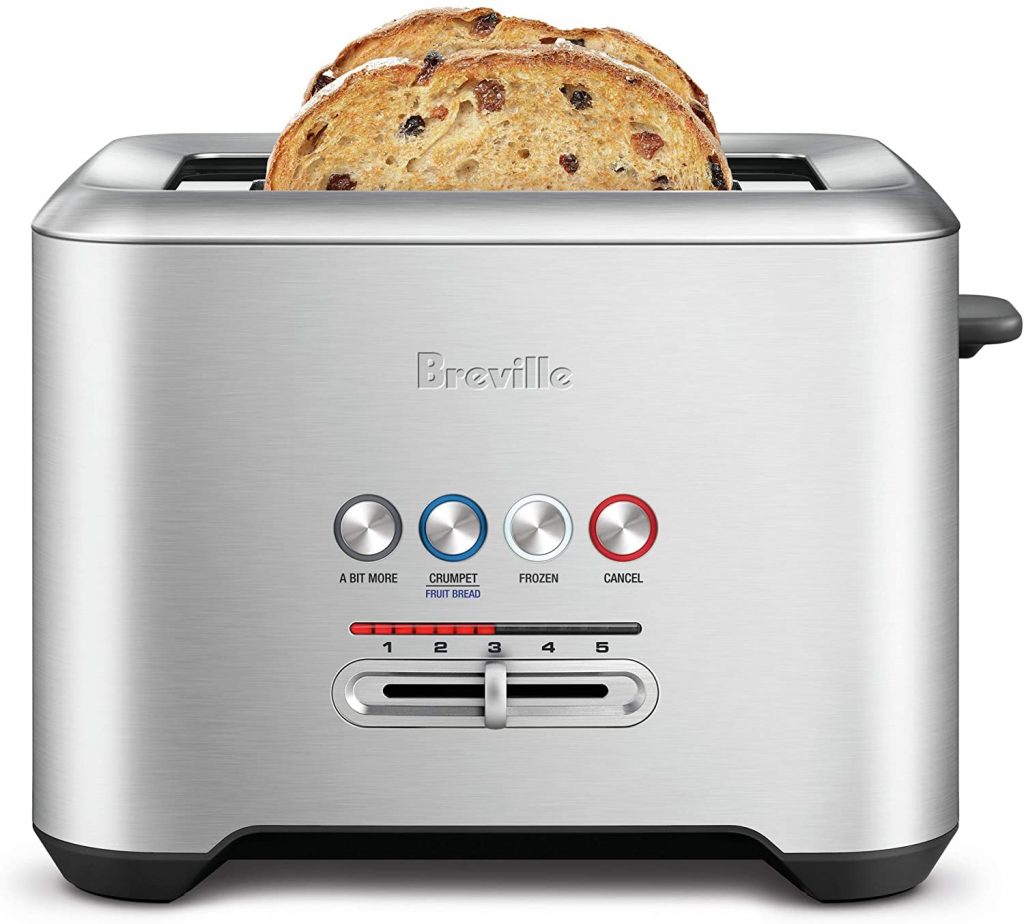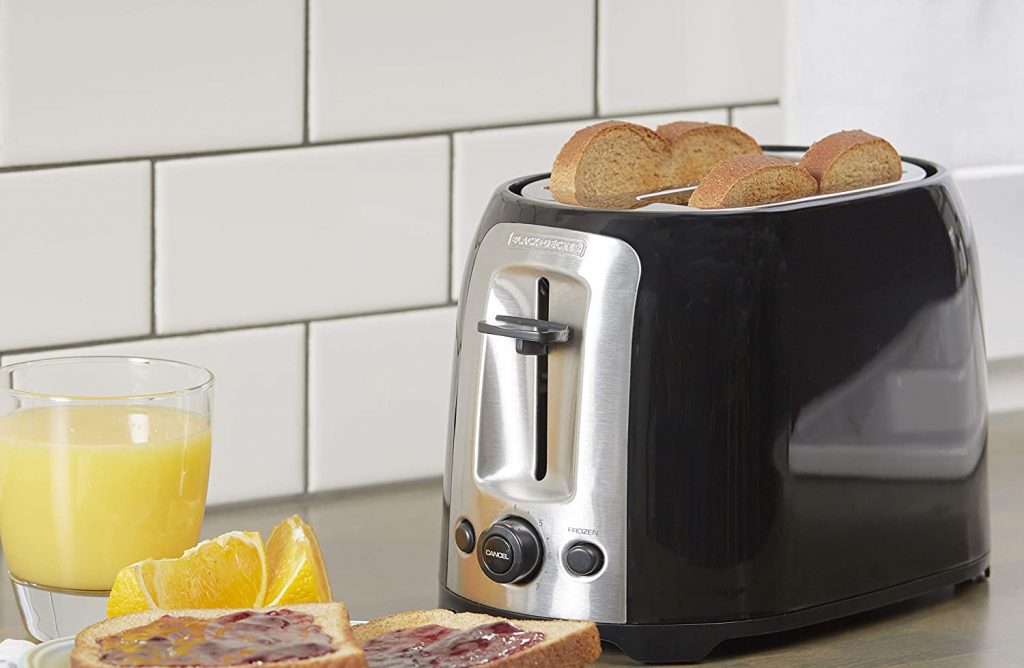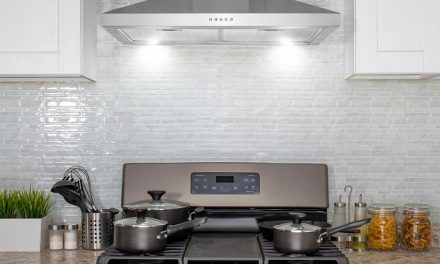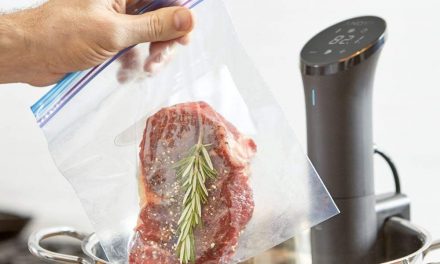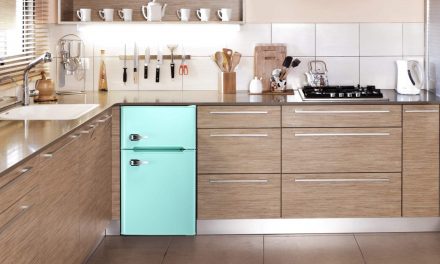If you’ve had an old toaster for years and are debating whether it’s worth buying a new one or upgrading, the answer is probably yes. Toasters can last a long time, but newer models offer some pretty nice features that older models couldn’t. Read on to find out what you’ve been missing!
Types of toasters
Nearly all toasters available to the home market are pop-up electric toasters that can toast two or four slices at a time. These are the classic toasters with slots you put bread into, which begin toasting once you operate a lever to draw the bread inside. When the bread is finished toasting according to the settings you provided the appliance, the wire frame holding the bread pops up to allow the toast to begin cooling.
What’s changed in recent years is the size and shape of toasters, as well as more “smart,” sensor-based controls. While the simple numbered dial system seen on old toasters remains, many new toasters also sport defrost, reheat, bagel-toasting, and other clever heating and toasting presets.
Long-slot toasters
Times are changing, at least in the American bread market. Whereas Americans once bought pre-sliced, pre-bagged sandwich bread, more households are opting for less preserved baked goods in the form of fresh bread from a bakery or more artisan-styled loaves from the bread aisle. In 2017, only 17% of bread sales were sandwich bread!
This shift in bread choice means more people are coming home with bread that doesn’t fit well in a traditional toaster once it’s sliced. Maybe you’re one of them! Manufacturers have stepped in with a solution: long-slot toasters. While traditional toasters are generally 9-11 inches (22-28 cm) in length, long-slot toasters are 16-18 inches (41-46 cm) long to accommodate longer slices of bread.
In the process of designing these new toasters, manufacturers have adopted a sleeker, cleaner design. Some even have clear windows that allow you to see just how much your toast is being toasted at any given time.
Pros:
- Perfect for toasting fresh baked bread without having to cut it down to size
Cons:
- More expensive
- Needs more counter or cabinet space for storage
- Newer line of appliances; many are still working out their quirks
Price range: $45-$140
Traditional toasters
Thanks to long-slot toasters entering the market, even traditional toasters have upped their game. Many of the latest models of traditional-style toasters now have wider slots and more smart controls, including defrosting and bagel toasting.
Don’t care about all the fancy features? No problem. There are still lots of basic toasters on the market.
Pros:
- Affordable, but many expensive models exist, as well
- Good if you prefer sandwich bread
Cons:
- You’ll need to cut most artisan breads strangely to fit these toasters
- Slightly less likely to have some of the newer, intuitive features
Price range: $15-$100
A note about wide-slot toasters
Likely in an effort to compete with the growing popularity of long-slot toasters, some manufacturers have begun marketing their classic toasters as “wide-slot” toasters. This is largely a gimmick.
While it’s true wide-slot toasters have a wide, or even extra wide, opening, they’re pretty traditional otherwise, and many toasters have had wide slots over the years. These toasters will not work well with many artisan breads that are sliced longer.
Novelty toasters
Novelty toasters bring humor and fun to the table, making them a great option if you’ve got kids. Want to toast iconic characters, symbols, or words on your bread? Then novelty toasters are the way to go.
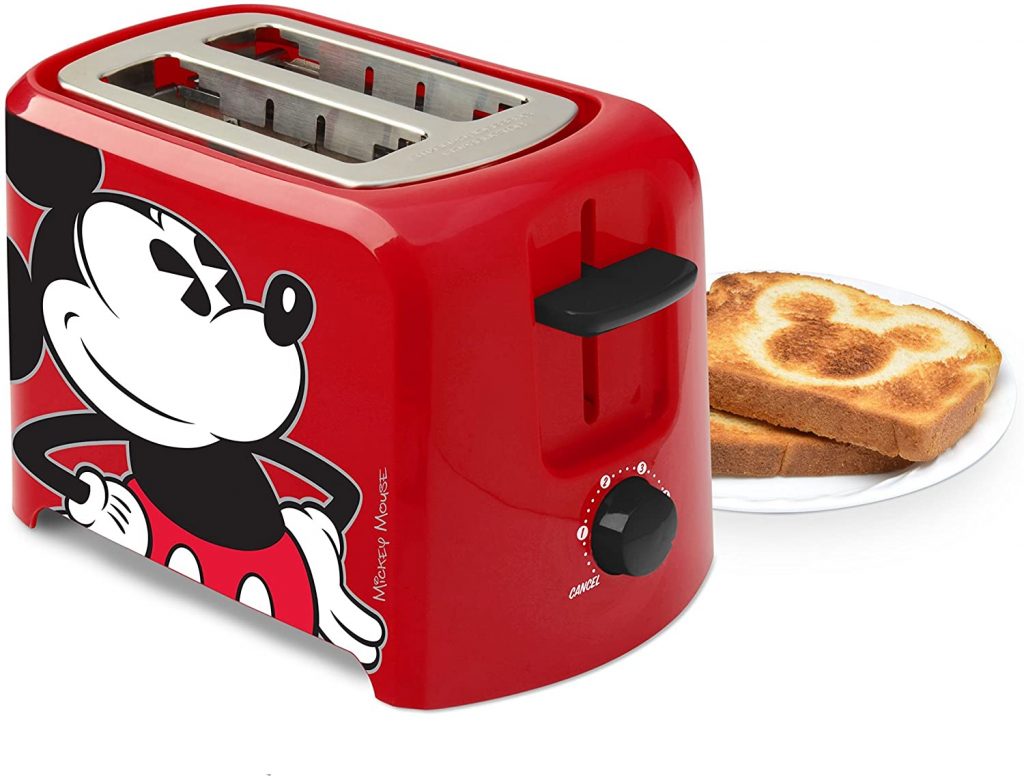
See this official Disney Mickey Mouse 2-slice toaster
But buyer beware. When you buy a novelty toaster, you’re buying it for the novelty, not the quality of the appliance. Don’t spend too much on these or you may regret it.
Pros:
- Makes breakfast fun, especially for kids
Cons:
- Uneven toasting to support design
- Gimmicky, not built to last
- Can be fairly pricey, given many break quickly
Price range: $25-$60
Alternative toasting methods
While pop-up toasters are one of the most efficient ways you can have your toast in the morning, it might not be right for your household, especially if you want or need to toast more than four slices at a time. Larger toaster ovens and panini grills/griddles can achieve similar bread toasting to pop-up toasters and have the advantage of being versatile kitchen tools.
What to look for in a toaster
- Toaster length: Not too many toasters struggle with wider pieces of bread, and you can always slice something more thinly. But cutting a nice, long slice of artisan bread in half to fit your toaster is sad. If you prefer bakery breads over bagged loaves, make sure you get a toaster long enough to accommodate your needs.
- Easy-to-clean features: Toasters become filled with crumbs over time. Tipping them over the sink and giving them a good shake only goes so far. More expensive toasters often have an extra feature that gives you good bang for your buck: a removable crumb tray on the bottom of the appliance. If you want to keep your toaster as clean as possible throughout your use of it, it’s worth looking for these tray features.
- Good controls: Maybe you don’t need smart, sensory-based features, but don’t overlook the value of a nicely-designed dial system. And in general, more toasting options will be better than fewer, as you’ll be more likely to land on your perfect level of browning then.
Oh, and while we’re on the topic of controls, if you’re wondering whether the numbers on a toaster’s dial control relate to minutes, the answer is probably not. Most toasters don’t contain timing chips. Check out the video below to watch four different toasters go head-to-head on toasting when all their dials are set to “2.”
Are toasters actually safe?
Fire and electrical safety are the main concerns with toasters. Barring that, toaster safety actually comes down to how you like your toast. The blacker the toast, the less healthy it is.
When we cook—and especially when we burn—food, we can introduce potentially carcinogenic acrylamides into our meal. While acrylamides are a chemical that can be manmade, the acrylamides found in most of our cooking are caused by the cooking process itself and the natural effects high temperatures have on the natural chemical components of food.
So are toasters safe? Probably. Is your toast safe? That’s up to you and how long you toast it.
Toaster starter kit
No time for a detailed toaster guide? We got you. Here are our recommendations for toasters:
- Like fresh baked and artisan breads? Get Dash’s clear view toaster. At just under 16 inches in length, it’s on the shorter end of long-slot toasters, but its advanced functions, clear viewing window, and removable crumb tray make it an obvious best buy
- Still a fan of sandwich bread? Consider Oster’s 2-slice toaster or Black+Decker’s 4-slice toaster for a great budget options.

